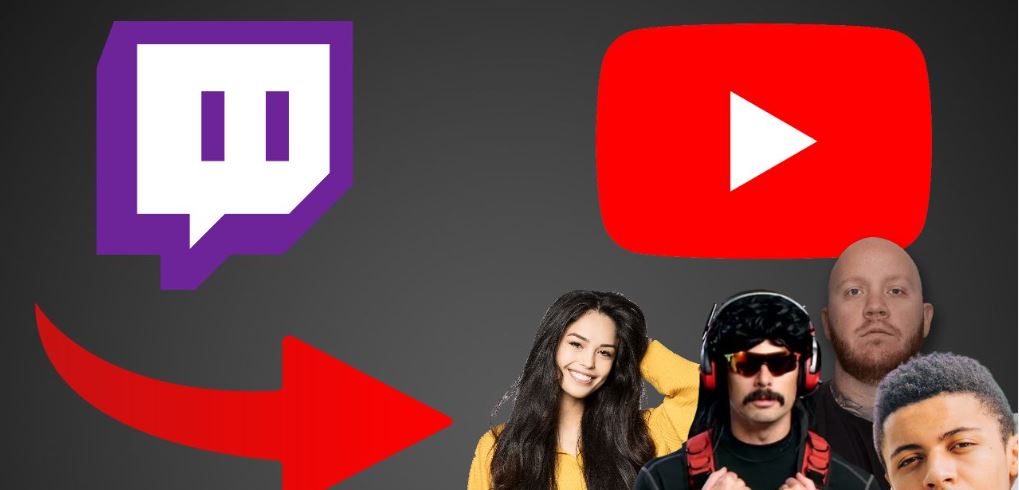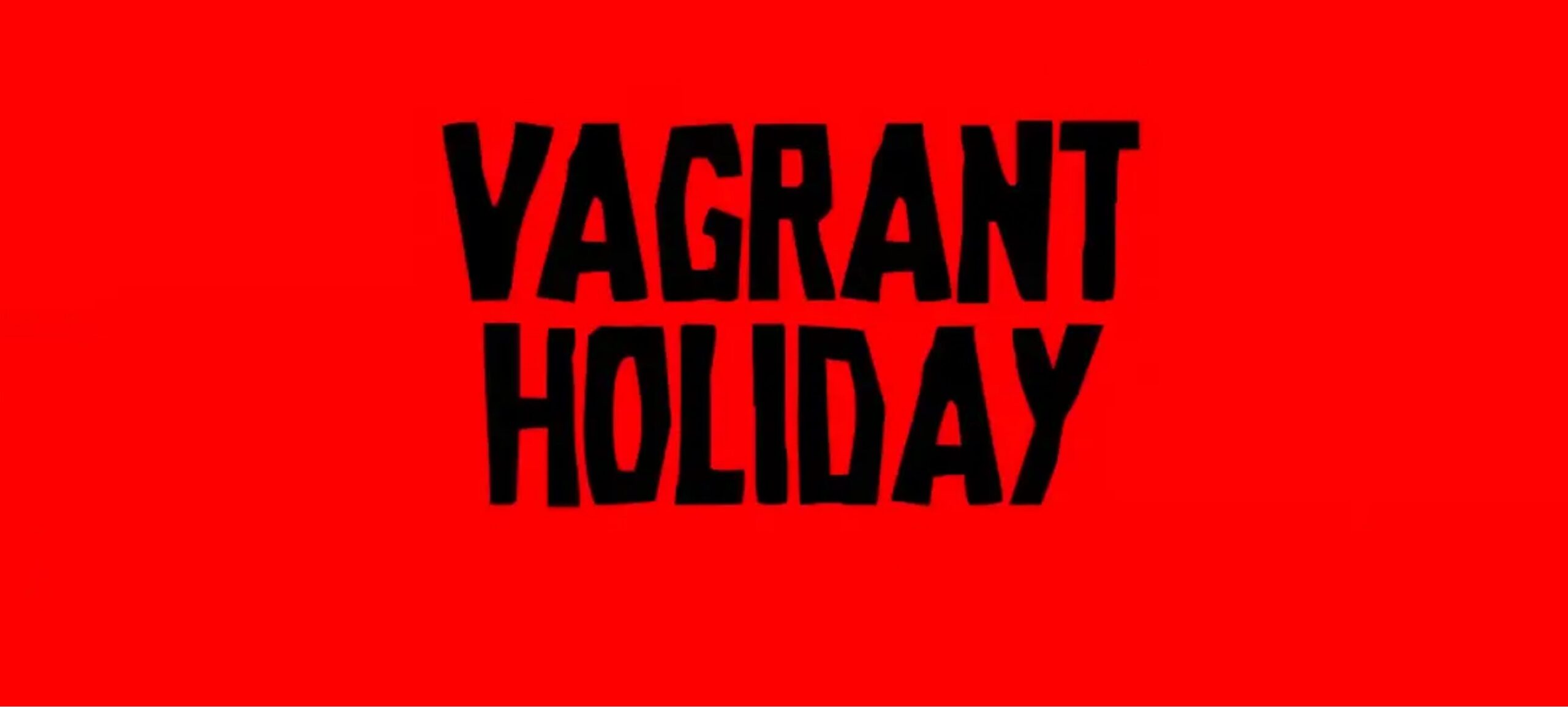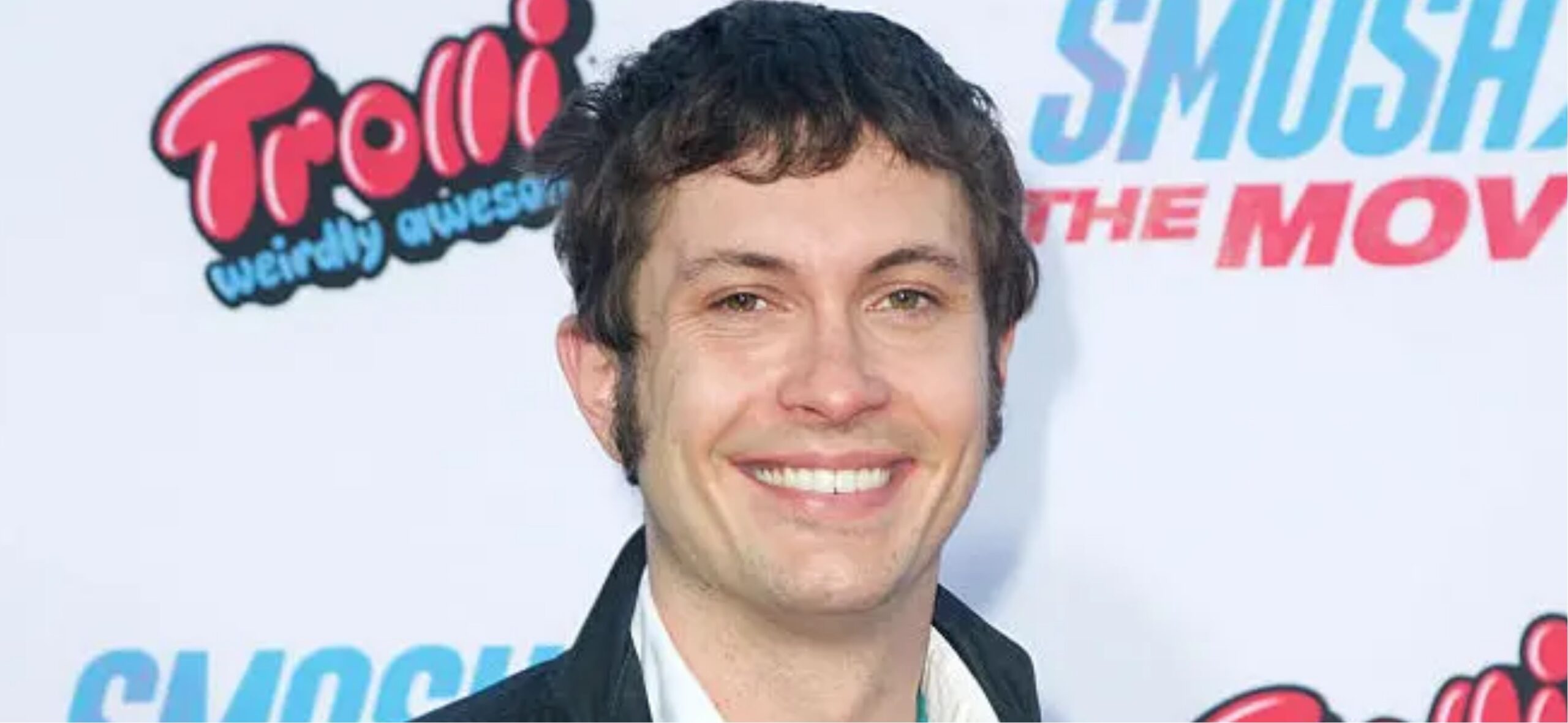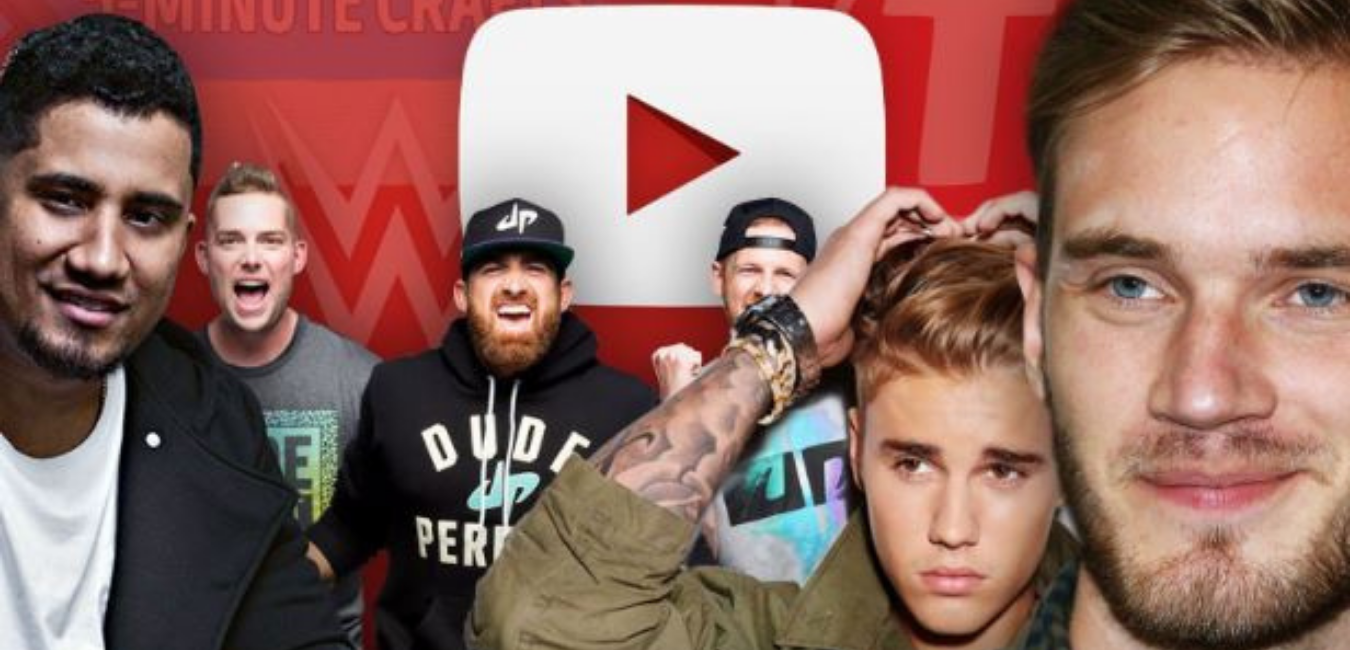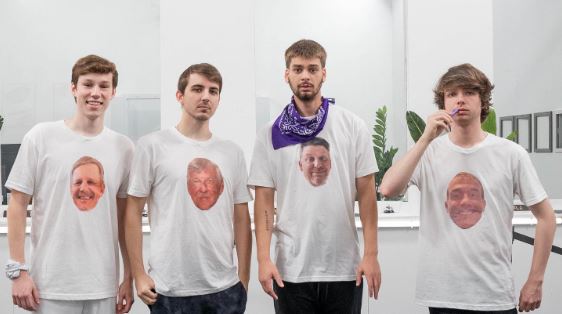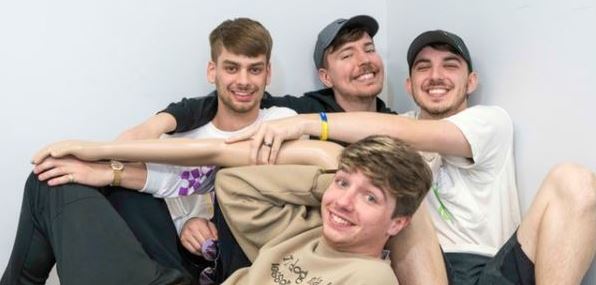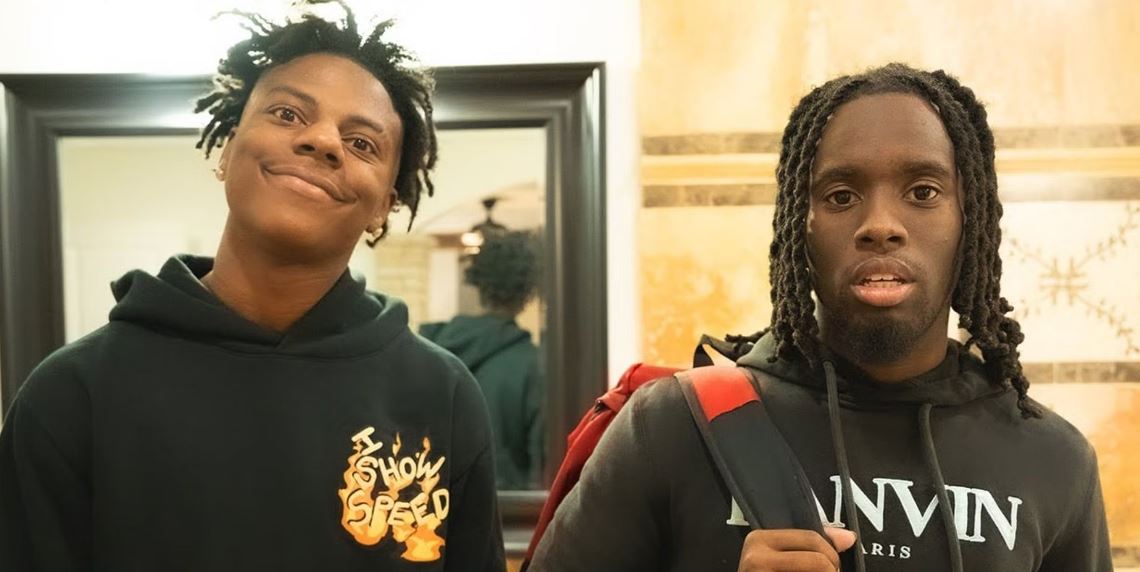Top content creators (streamers) are leaving Twitch and signing huge contracts with YouTube Gaming – but why are streamers leaving Twitch?
In 2007, when 24-year-old Justin Khan launched his very own live streaming platform, Justin.tv, he couldn’t possibly have known it would become the content machine it is today. Khan’s novel 24/7 live streaming project would evolve over time, splitting to create the spin-off site, Twitch, in 2011.
From 2016 to the start of 2020, anywhere from 20,000 to 50,000 thousand channels could be found streaming on the platform. The site gradually grew over the years, adding a few thousand channels a month, although you could never define its growth as a spike.
Not until part of the way through 2020, when the world was ravaged by a health crisis, forcing people to stay shut inside their homes for weeks – and months – at a time. In April, a month after the crisis reached the US, Twitch experienced immense growth spawning a wave of streamers and viewership the platform would maintain for nearly two years.
Twitch pioneered the idea that average gamers can become celebrities from the comfort of their homes, but a look at the platform’s longtime stats shows it might be stagnating – and that alternative streaming sites may look more enticing.
For those really connected to the streamer side of things in the gaming industry, there’s an ongoing shift between the two streaming giants, YouTube and Twitch. It seems that many prominent Twitch names are jumping ship, moving on to other platforms. So what’s going on? Why does it seem like every streamer is moving from Twitch to YouTube?
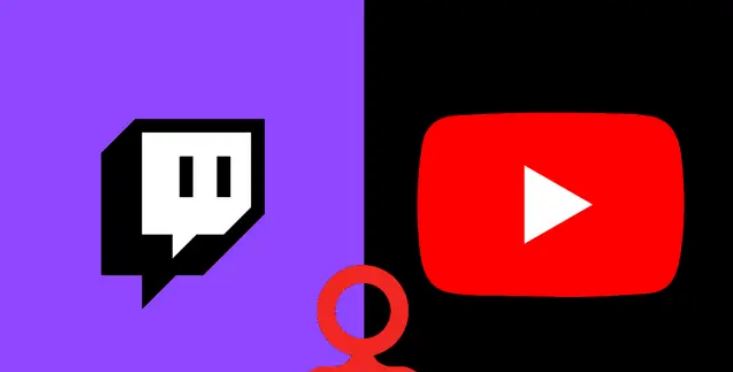
Why is Every Streamer Moving from Twitch to YouTube?
This is a rather loaded question. There isn’t just one simple answer. The fact of the matter is, that there has been a multitude of ongoing reasons for the slow exodus of the biggest content creators from Twitch making their way to YouTube. We have a handful of answers to why, but they are only some of the many other reasons why people are signing on with Google’s platform.
1. Hate raids and toxicity on Twitch
Gamer culture is oftentimes painted in a negative light because of ongoing issues like gatekeeping, sexism, trolling, and elitism. While that doesn’t necessarily define the majority of us who just want to have a good time, play our favorite games, watch our favorite content creators, and connect with people, the toxic culture is very loud and prominent.
Every prominent female streamer at some point in their career has experienced their fair share of harassment in the form of being told they’re “playing life on easy mode” or being told that “their looks are the reason why they’re making money”. While this isn’t a Twitch-exclusive problem, little has been done to really combat this form of harassment and toxicity on the platform.
On top of that, and while this has mostly been dealt with, the hate raids and targeted harassment movements against certain content creators don’t paint Twitch in the greatest light. Many big names don’t even read their comments for mental health reasons. A big point of Twitch chat is to interact with viewers. It might not be the majority, but a few loud bad apples can really dampen the mood.
2. Divisive “metas” that downplay the legitimacy of the streamer profession
This is still a point of contention for many. While people might see profiting off of billion-dollar corporations as a win, many are questioning the methods of doing so. People already downplay being a Twitch streamer as someone who sits behind a screen and plays video games for 8 or more hours a day.
In recent times, we have seen the Hot Tub and “sexy ASMR” meta become a thing, which brought up all sorts of division within the community. It was used as a way to reinforce sexist beliefs toward female streamers and further pushed the narrative that Twitch is “life in easy mode”.
Then we had the reaction meta where people go into the “Just Chatting” section and watch other people’s pre-recorded content on other sites. People like HasanAbi and MoistCr1TiKaL are oftentimes used as easy targets to downplay this ongoing meta. There was also the Pokimane incident where she streamed Avatar: The Last Airbender and had her channel banned for a bit. You can tell how that period went for her.
3. Growth opportunities with content
Twitch is only a streaming platform. Sure, VODs and clips are stored on peoples’ channels, but this service solely relies on live streams. As for YouTube, it houses all sorts of evergreen content, TikTok-like shorts, and allows for more experimenting.
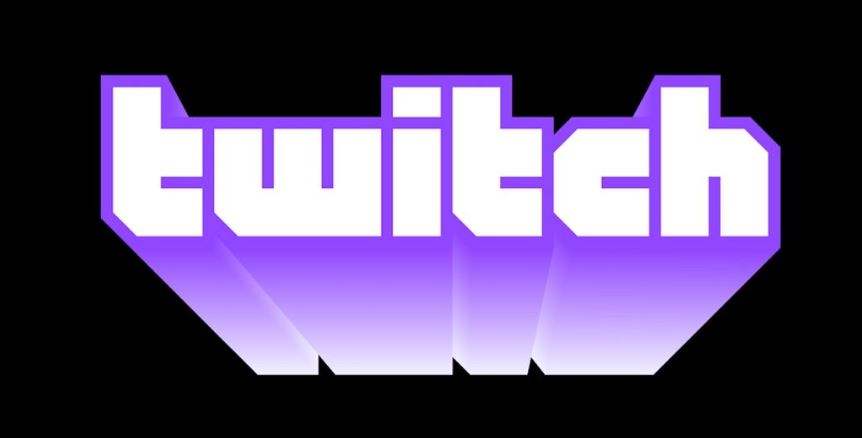
4. DMCA problems
While YouTube also has its own fair share of fair use issues, it also has a three-strike system that gives creators more leeway to resolve as opposed to Twitch. On Twitch, your VODs can be taken down or completely muted if you make the slightest infringement during your live stream. Things out of your control can be the reason why you might run into copyright issues. While it was warranted, the recent DMCA takedowns on prominent streamers’ channels like HasanAbi did bring in a whole wave of issues regarding copyrighted content. Fuslie with close to 2 million followers also left Twitch over DMCA problems
Basically, YouTube gives you a chance to appeal to get a strike or DMCA violation resolved. It might not be the best system, given that people have to jump through hoops to get something done. Twitch does not; they oftentimes will just claim or outright delete content with no warning.
5. Twitch pay cuts
The earnings of content creators on Twitch are determined by ads, bits, donations, and channel subscriptions. Once they make a certain threshold of money, they can get their payouts. It seems that recently, the cuts in revenue from subscriptions have been in an undetermined back-and-forth between streamers and the platform.
Taking less of an agreed cut can definitely make people want to go elsewhere for their talents. Wherever the money goes, that’s where people will flock to.
6. Platform competition
With YouTube making an even bigger push to compete with Twitch, they have been constantly upping the live streaming part. It’s already home to lots of gaming content, is oftentimes more mobile-friendly than Twitch, and has better account integration because of Google.
While YouTube does not have all the intricacies that Twitch has right now with the customizable emotes, Hype Trains, widgets, Prime freebies, and in-game drops, it is slowly narrowing the gap between its main competition. They recently just rolled out a feature that works similarly to raiding called Live Redirects. It doesn’t necessarily have the gaming lingo like “raid”, but it’s still neat.
7. Huge sign-on bonuses
As mentioned previously, “wherever the money goes, that’s where people will flock to.” YouTube is owned by Google, so that company has deep pockets. As they are moving to grow the platform from just being one for on-demand videos, many prominent streamers are moving to the Google-owned platform pocketing hefty sums of cash.
Even though recently moved streamers from one platform to another may not net a lot of consistent money at first, that’s why the exclusivity contracts are very enticing. Those paychecks definitely outweigh the cost of needing to rebuild a fanbase on a new platform.
While many of our favorite content creators have their own reasons that may not be listed here, there are probably personal reasons why they did so outside of what we know.
Sources: Dexerto; AttackOfTheFanBoy

